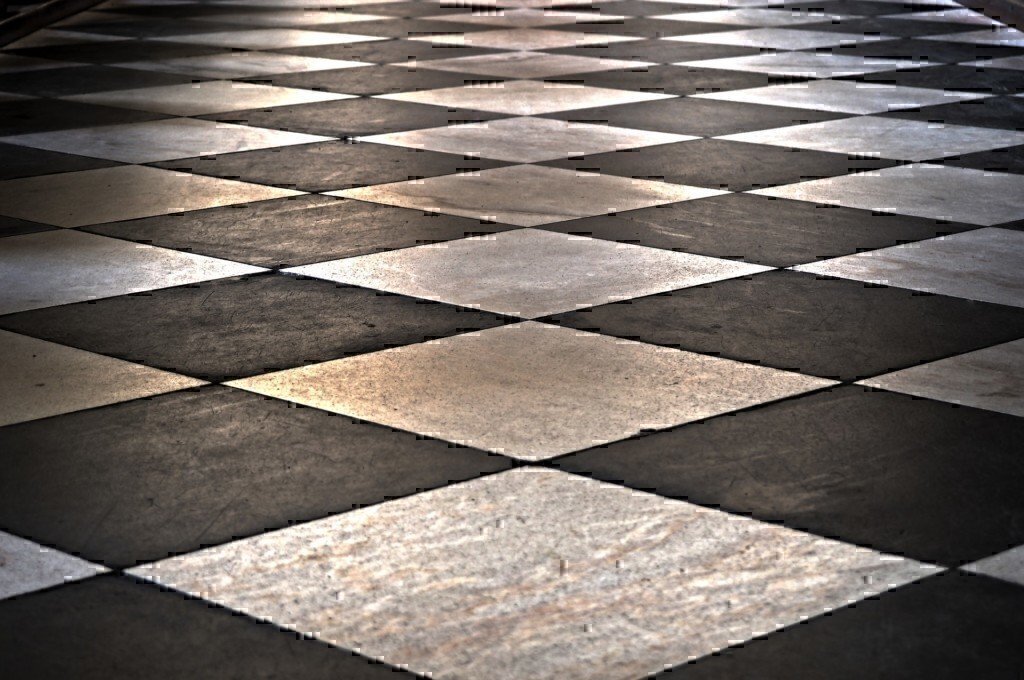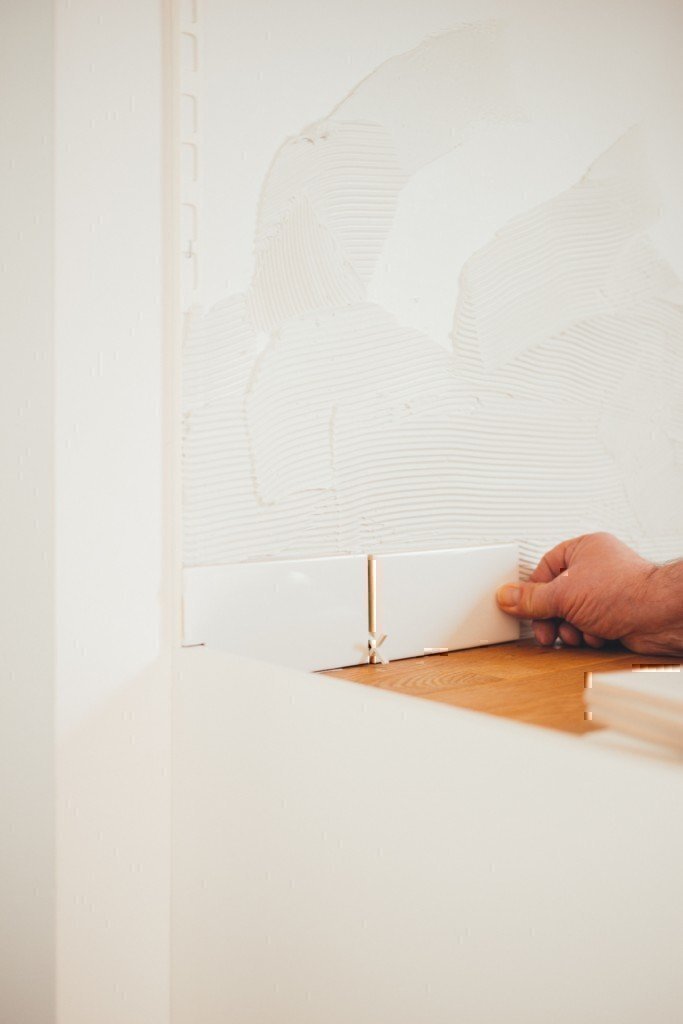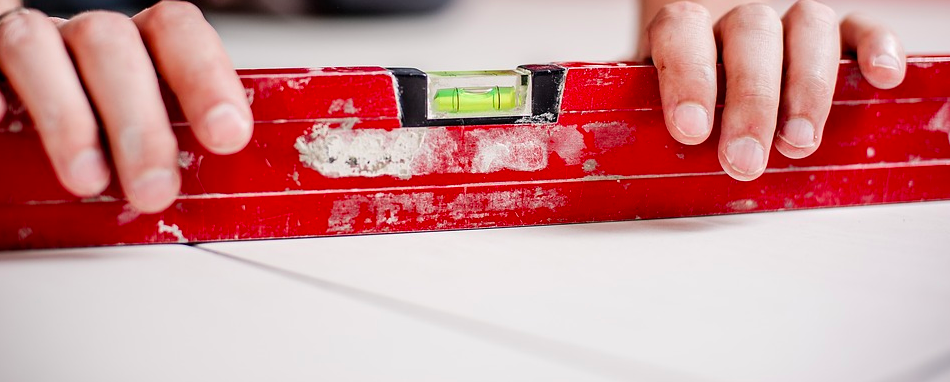Flooring installer jobs can be great for transitioning veterans who are interested in a hands-on career. There are many opportunities to enter this line of work for those who want to. There are many advantages as well.
Overview of Flooring and Tile Installer Jobs
These jobs may not be for you if you do not like to work with your hands or to build stuff. The pay is above the median, but it is not as high as some other occupations and the pay potential at the top end can also be limited. The work might not be consistent either, like with many other types of construction occupations, employment is sensitive to the fluctuations of the economy.
On the one hand, workers may experience periods of unemployment when the overall level of construction falls. On the other hand, additional workers may be needed in some areas during peak periods of building activity.

Flooring installers and tile and marble setters lay and finish carpet, wood, vinyl, and tile. Flooring installers and tile and marble setters lay the materials that improve the look and feel of homes, offices, restaurants, and other buildings. Although flooring and tile are usually installed after most of the construction for a project has been completed and the work area is mostly clean and uncluttered, some materials and tasks may be messy.
The work environment should be considered like a construction area even if it may not be. Some examples of these jobs are carpet installers, carpet tile installers, floor sanders and finishers, floor layers, and tile and marble setters.
READ NEXT: High Paying Construction Jobs For Veterans
Outlook for Flooring Installer Jobs
The pay is in line with to slightly above the national average for all jobs. According to the Bureau of Labor Statistics the median annual wage for flooring installers and tile and marble setters was $40,250 in May 2017. This is roughly $19.25 per hour. The lowest 10 percent earned less than $23,590, and the highest 10 percent earned more than $73,990. Workers involved in construction of buildings tended to make more than workers who work in building finishing, manufacturing, or home stores.
The job outlook is strong. Employment of flooring installers and tile and marble setters is projected to grow 10 percent from 2016 to 2026, faster than the average for all occupations. The construction of new housing units will be the primary source of flooring and tile and marble installation work over the next decade. As the housing industry continues to recover, more flooring installers will be hired to work on these units. In addition, more flooring installers and tile and marble setters will be needed for remodeling and replacement projects in existing homes.

There are relatively few obstacles to becoming a flooring installer. Flooring installers and tile and marble setters typically learn their trade on the job, sometimes starting as a helper. Some learn through an apprenticeship.
There are no specific education requirements for someone to become a flooring installer or tile and marble setter. A high school diploma or equivalent is preferred for those entering an apprenticeship program. An apprenticeship program may include mathematics, building code requirements, safety and first-aid practices, and blueprint reading. After completing an apprenticeship program, flooring installers and tile and marble setters are considered to be journey workers and may perform duties on their own.
To be successful as one you should have strong attention to detail, good strength and stamina, math skills, and good interpersonal skills for interacting with customers and clients. You should also be self-motivated and punctual. These are all basic skills necessary to successfully serve at any level in the military as well.
READ NEXT: Pipe Fitter Jobs: The Right Fit for You












